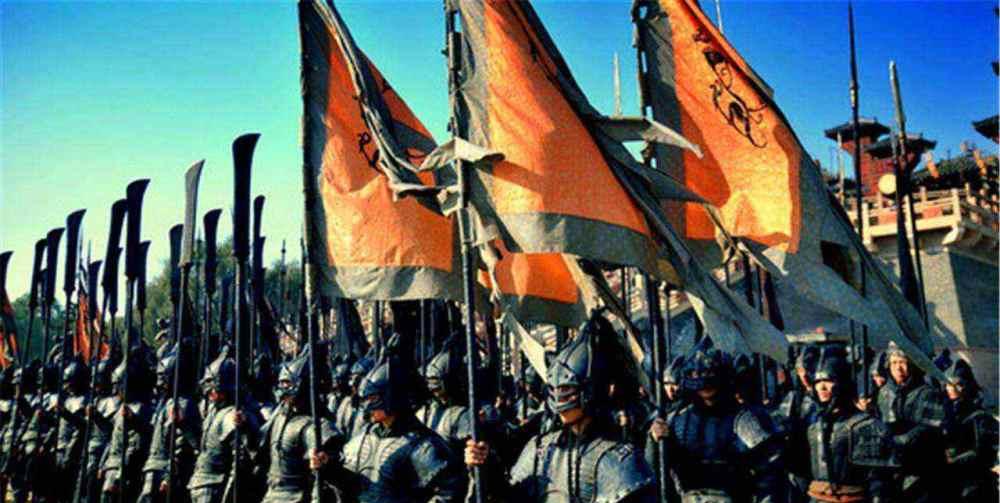War means dead people, and corpses on the battlefield are very easy to cause plague if left untreated. In modern times, it is better to say that the corpses can be burned by piling up the corpses with gasoline and pouring gasoline on a fire, but after the ancient war, the thousands of corpses of soldiers could not be moved by the car, let alone burned casually, so after the end of the ancient war, how were the corpses disposed of?

Logistics of ancient armies
The most common approach is not to deal with it, especially after field battles. Because the mortality rate of ancient wars was far less high than in modern times, and the soldiers who died in ancient wars were also quite scattered. It should be known that in the era of low transportation capacity in ancient times, the logistics consumption of the army was quite large, which meant that a combat army needed a large logistics force.
In the "Mengxi Pen Talk", it is recorded that the grain carried by a civilian husband can support a soldier to fight for 18 days, counting the time when the soldiers return to the Dynasty, the food carried by a militiaman is only enough for a soldier to fight for 9 days. But a battle cannot be fought for only nine days, not to mention that the people themselves have to eat. Therefore, in ancient times, in order to make a soldier have the ability to fight, it was necessary for more than 4 people to provide him with logistics.
In ancient times, China's 300,000 troops actually included the people who provided logistical support, and the actual number of people who fought with weapons on the battlefield was actually 40,000 or 50,000. In addition, the organizational strength of the ancient army is far from being comparable to that of modern times, and an ancient army can guarantee that 10% of the battle is not destroyed before it collapses. So a unit claiming 300,000 broke through the sky in a vicious battle
Ten or twenty thousand people died.
Field disposal of corpses
This 20,000 people looks like a lot, but in ancient times, wars were basically field battles, and the army would be very open. The scenes that we can see describing the corpses of ancient wars are basically in the great armageddon between the two armies. In the case of scattered corpses, it is difficult to produce diseases such as plague without any treatment. The most common cause of plague caused by ancient wars was the burning and looting of civilians by soldiers. In ancient times, there was a saying that officers and soldiers were like bandits, and after the ancient army fought in a region, there was either no one there, or many people were killed because of the famine or massacre.
Siege battle to dispose of corpses
Of course, the above situation is most often seen in the field, if it is a siege war, then even if a big battle only kills a few thousand people, but the concentrated corpses are also many, these corpses can easily cause plague. Therefore, after the siege is over, the victorious side will dispose of the corpses on the battlefield in order to avoid the plague.
The treatment method is basically burial, and in ancient China, the body was intact and buried, and the act of destroying and burning the body was regarded as a great insult. For example, when the plague broke out in northeast China at the end of the Manchu Qing Dynasty, Wu Liande, the doctor responsible for dealing with the plague, proposed to burn all the corpses, but was met with collective opposition, and finally the Manchu regent Zaifeng fully supported Wu Liande, which burned tens of thousands of corpses in the northeast.
In short, the way to dispose of corpses in ancient wars was mainly regardless of the situation, and if it was a siege war, it was buried. In the case that the death toll of the army is not too large, the disposal of corpses will not be too complicated, and the army will dig a few more pits inside and outside the city and bury them.